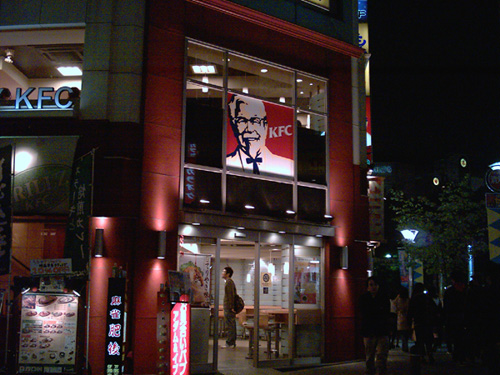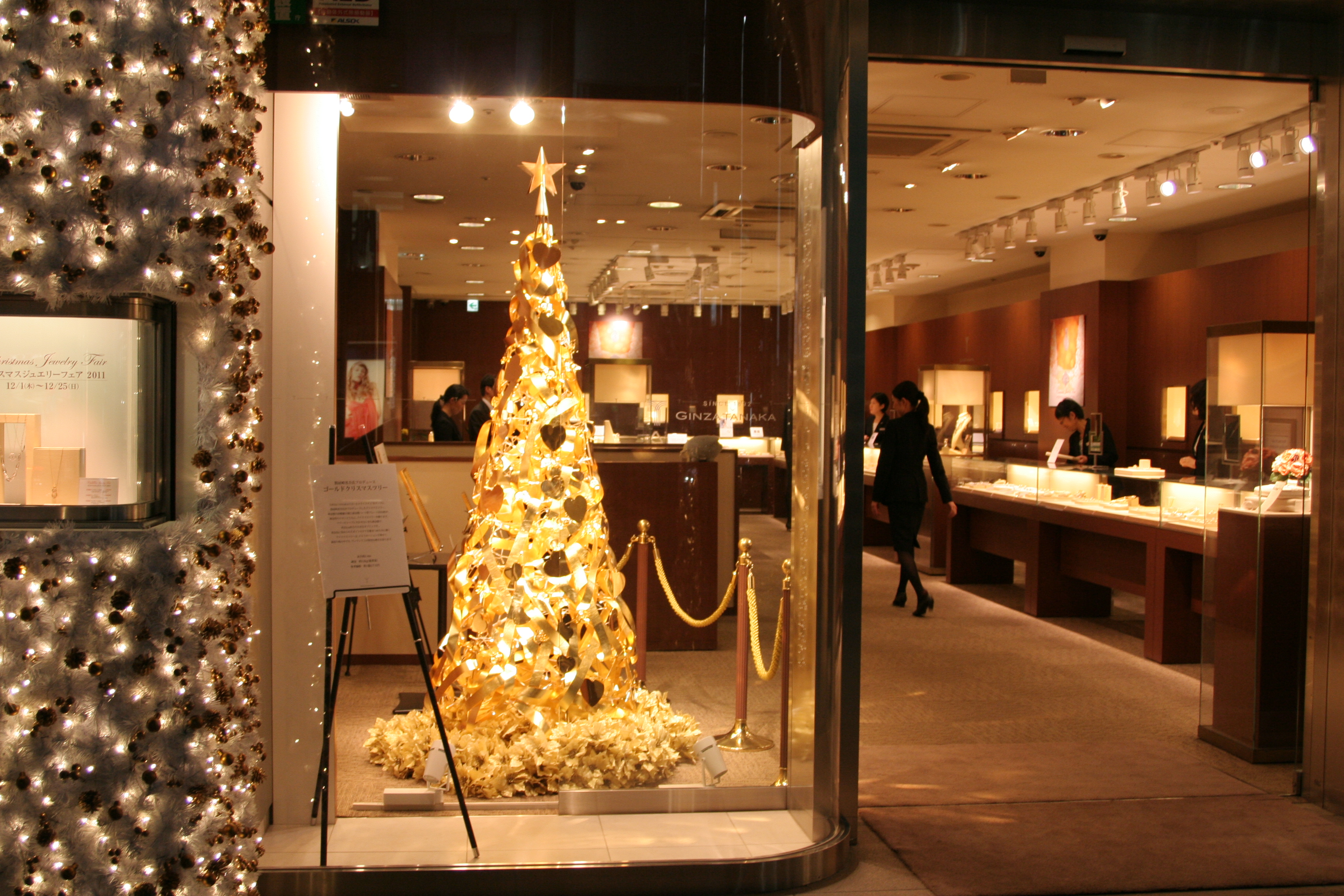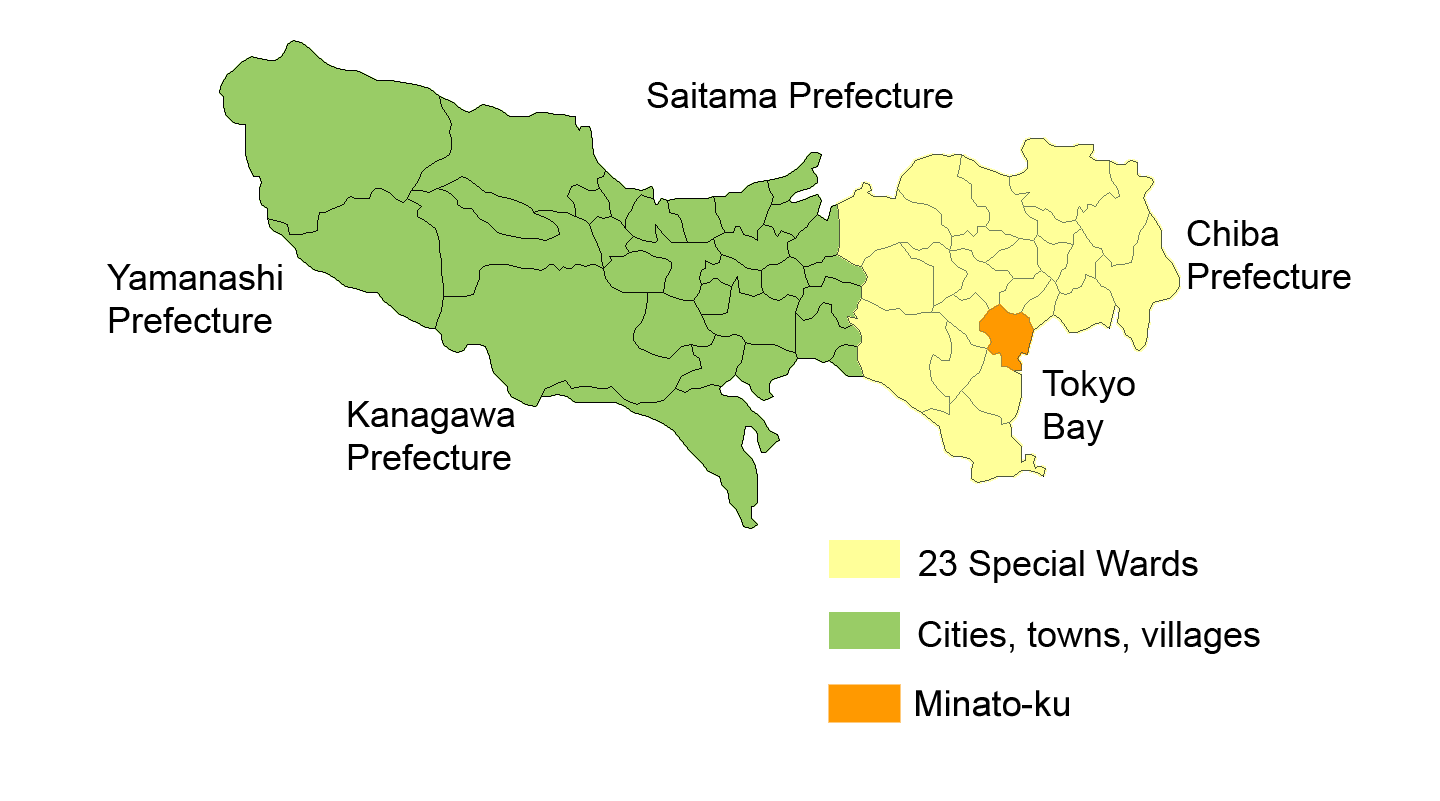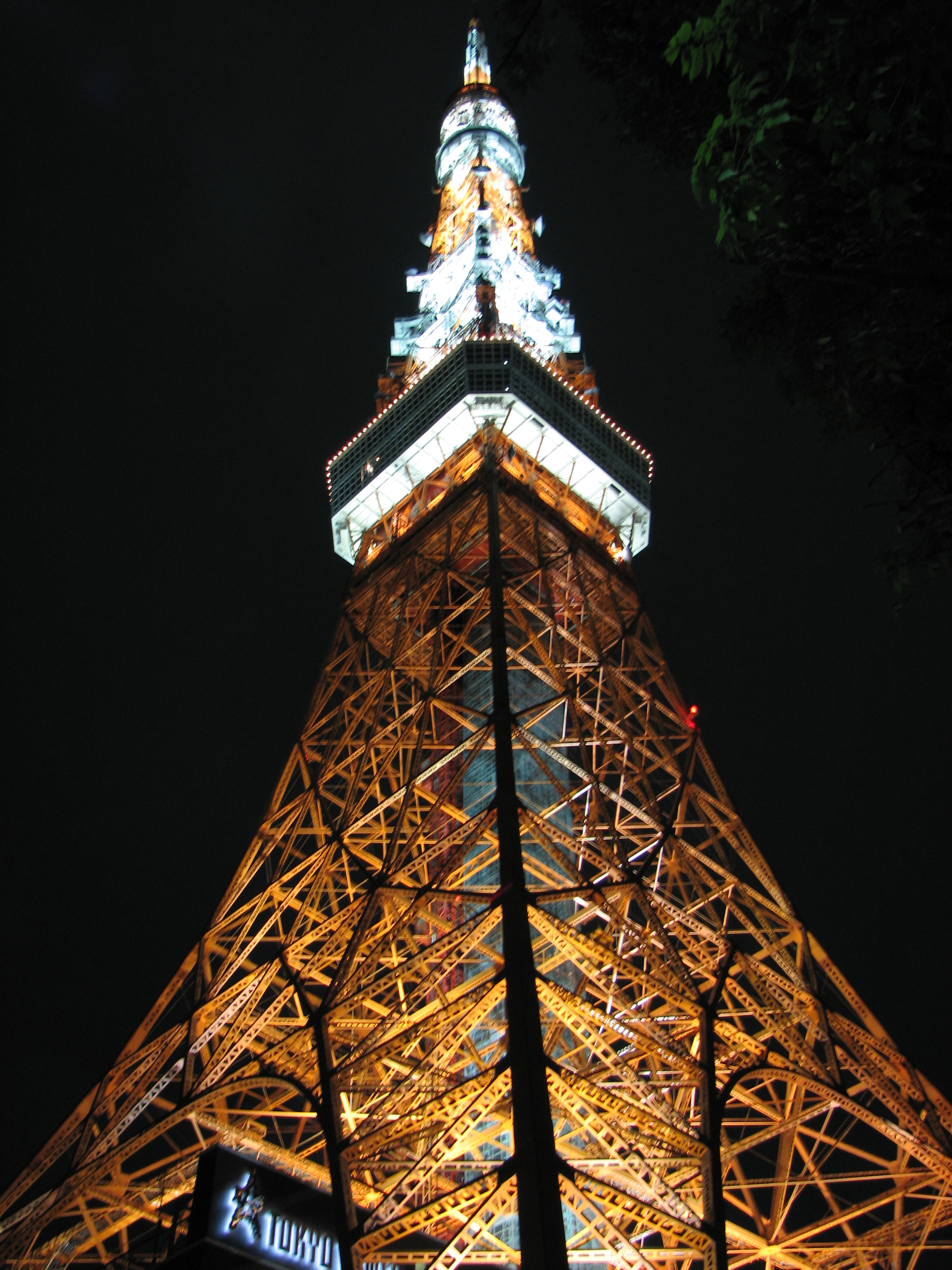New Years Eve
- The japanese word for New Years Eve is 大晦日 (ōmisoka)
- Running up to this day, people will be cleaning their houses. This is to purify the house and welcome the God of the Coming New Year who is called 年神様 (toshigami-sama)
- Some people decorate their houses for New Years Day. I made an origami wreath and some origami decorations
 |
| New Year's day wreath |
Kadomatsu 門松
Not many people in Japan set up a kadomatsu because of the lack of space outside of the house. It is seen as just a decoration. However, I have found some information on how and when you should set up a kadomatsu if at all possible.
- This is a decoration made out of bamboo sticks and pine branches.
- The kadomatsu is placed in front of the house to welcome spirits and Toshigami-sama into the house
- You must set the kadomatsu up or the god Toshigami-sama will not enter the house and bring happiness
- The word literally means pine gate (門-gate 松-pine)
- You should not set it up on the 31st December because it is impolite and implies that you have rushed through the process and finished it at the last minute
- Also you should not set it up on the 29th December because it is considered an unlucky day
- You can take the decorations down from the 7th January. However, you should'nt take the decorations down before then because Toshigami-sama stays until the 7th so it would be considered impolite
 |
| Kadomatsu By Nesnad (Own work) [CC BY-SA 3.0 (http://creativecommons.org/licenses/by-sa/3.0)], via Wikimedia Commons |
Kagamimochi 鏡餅
- Kagamimochi is a decoration made out of two rice cake balls and an orange. The largest rice cake ball goes on the bottom, then the smaller rice cake ball goes on top and then finally, the orange goes on the top.
- The name literally translates as Mirror rice ball because it looks like an old round hand mirror.
- They are supposed to be placed around the house, each area of the house has a corresponding Shinto God.
- You can easily buy kagamimochi covered in plastic from the supermarket. It needs to be protected with plastic otherwise it spoils easily.
- On the 11th January, you can eat it. This day is called the Kagami biraki which literally means openening the mirror
- The mochi is then broken and eaten in a soup.
 |
| Kagamimochi By Juni from Kyoto, Japan (Flickr) [CC BY 2.0 (http://creativecommons.org/licenses/by/2.0)], via Wikimedia Commons |
Toshikoshisoba 年越し蕎麦
- This is the food that is eaten on the day before New Years day
- Buckwheat noodles are usually eaten hot on this day but the toppings can vary.
- What my family has is vegetables and prawns fried in tempura.
 |
| The toshikoshi soba that we had |
I hope that you have a brilliant New Year! Goodbye 2015, Hello 2016!




.jpg)



.jpg)
.jpg)
.jpg)
.jpg)






























